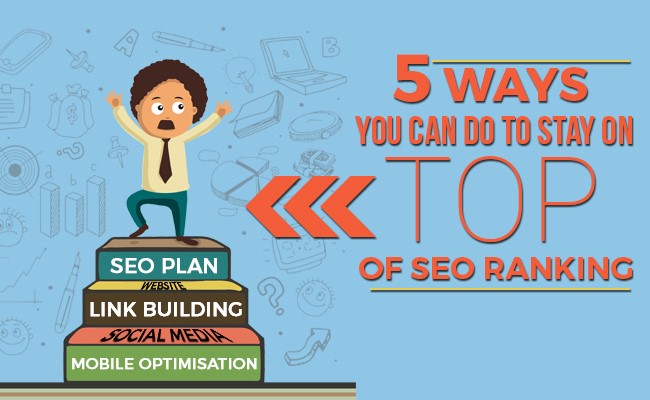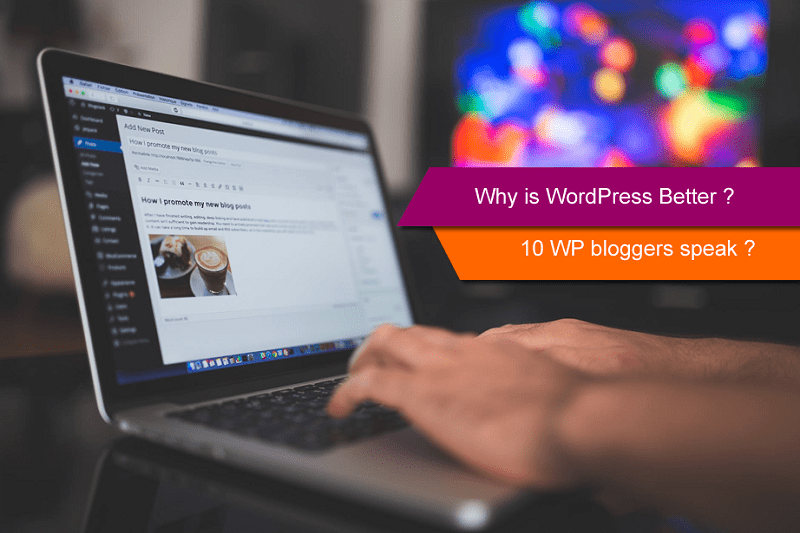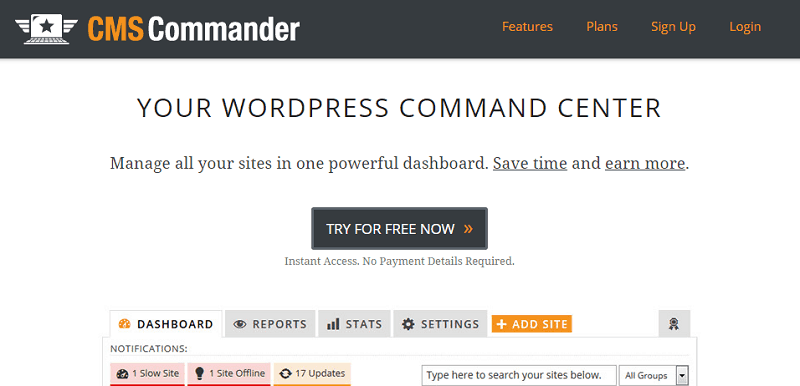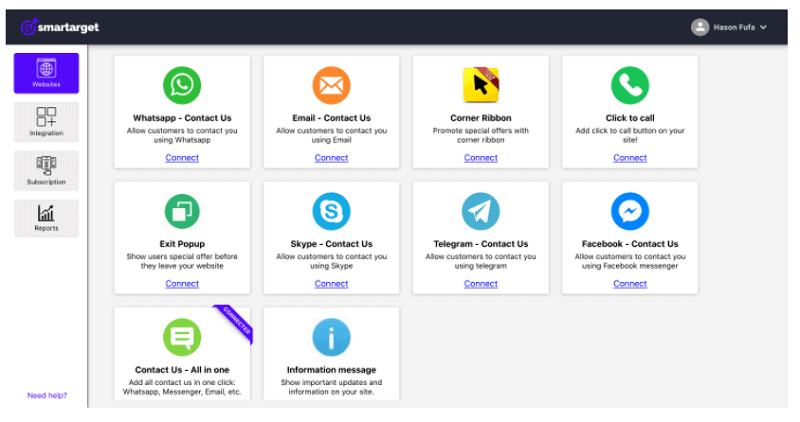Are your SEO strategies failing to deliver the visibility and engagement your content deserves? Despite meticulous keyword research and optimization, many SEO professionals struggle to stay ahead of their competitors.
Traditional SEO practices often fail to capture the nuanced intent behind user queries. This is where Semantic SEO comes into play, bridging the gap between your content and what users are truly searching for.
In this article, we are going to discuss what semantic SEO is and how you can leverage it to rank your site higher in search engines. Let’s get started!
Table of Contents
What Is Semantic SEO?
Semantic SEO is the practice of optimizing content to align with the search intent and contextual meaning of keywords. It involves using related terms, concepts, and entities to create comprehensive, relevant content that more accurately matches the user’s query.
Unlike traditional SEO, which relies heavily on exact-match keywords, Semantic SEO delves deeper into understanding the relationships between words, phrases, and concepts.
By understanding the relationships between words and phrases, Semantic SEO helps search engines deliver more precise and valuable results, improving your content’s visibility and ranking.
Why Is Semantic SEO Important?
Google prioritizes user intent, striving to deliver search results that best match what users are truly looking for. This shift makes Semantic SEO crucial for any effective digital strategy.
Semantic SEO:
- Enhances content relevance by understanding user context.
- Boosts search rankings through comprehensive topic coverage.
- Increases organic traffic by matching user queries more accurately.
- Improves user engagement with more valuable and insightful content.
- Stays ahead of algorithm updates by focusing on meaningful connections between terms.
Integrating Semantic SEO into your strategy, and considering hiring SEO experts, ensures your content aligns with both user needs and search engine priorities, driving better performance and visibility.
7 Proven Tips To Use Semantic SEO For Higher Rankings
Here are seven proven tips to help you leverage the power of semantic search for higher visibility and engagement:
1. Optimize for User Intent
User intent varies greatly with each search query, making it essential to understand and target the specific needs behind those searches. For instance, the keyword “baking” could refer to the general act of baking.

However, a query like “How to start a home baking business?” clearly indicates an intent to find entrepreneurial advice related to baking.

Optimizing for user intent means delving deeper into these nuances. To effectively target keywords, follow these steps:
- Research and Analyze: Use tools like Google Analytics and Keyword Planner to understand the intent behind keywords. Look for patterns in user queries that indicate specific needs or goals.
- Create Comprehensive Content: Develop content that answers all potential questionsi related to a keyword. This not only covers the primary intent but also related sub-intents.
- Use Long-Tail Keywords: Focus on long-tail keywords that reflect user intent more precisely. These are often less competitive and can drive highly targeted traffic.
- Analyze SERP Features: Examine search engine results pages (SERPs) to see what type of content ranks for your target keywords. This can give you insights into the user intent Google associates with those keywords. You can use RankTracker for this.
2. Leverage Structured Data
Websites using structured data can see a 20-30% increase in organic traffic. Structured data is a standardized format for providing information about a page and classifying the content. By providing context, it helps search engines match your content to user queries more precisely. This can lead to enhanced search features like rich snippets, knowledge graphs, and better overall visibility.
Types of content you can use in structured data include:
- Articles: Detailed descriptions, authors, and publication dates.
- Products: Prices, availability, reviews, and ratings.
- Recipes: Ingredients, cooking time, nutritional information.
- Events: Dates, locations, event descriptions.
- Businesses: Contact details, business hours, locations.
Here’s an example of structured data in action:
When you search for a recipe like “chocolate chip cookies recipe,” the search results often display not just the link to the recipe but also additional details like ratings, reviews, cooking time, and ingredients.

This rich information comes from structured data, making it easier for users to find the most relevant and appealing result quickly.
To implement structured data in your content, you can:
- Use Schema Markup Generators: Tools like Google’s Structured Data Markup Helper can assist in creating the necessary code.
- Implement JSON-LD: This is the recommended format for adding structured data to your site.
- Test and Validate: Use Google’s Rich Results Test to ensure your structured data is implemented correctly.
3. Use Keyword Clusters
Instead of focusing on single keywords, use keyword clusters to cover a topic more comprehensively.
Keyword clusters are groups of related keywords that revolve around a central theme. This approach helps capture a wider range of search queries and user intents.
For instance, if your primary keyword is “yoga for beginners,” your keyword cluster might include ” yoga for beginners poses,” “yoga for beginners routine,” ” yoga for beginners at home,” and “yoga for beginners stretching.”

This ensures that your content addresses various aspects and questions a beginner might have about starting yoga.
4. Leveraging Google Autocomplete and ‘People Also Ask’
Google’s autocomplete feature and the ‘People Also Ask’ section are valuable tools for identifying common queries and subtopics related to your main keyword.
For instance, when you type “best laptop for,” autocomplete suggestions include:

Similarly, the ‘People Also Ask’ section features questions like:

To leverage these features for semantic SEO:
- Incorporate Queries: Use these suggestions to create content that answers specific questions users are asking, enhancing relevance and comprehensiveness.
- Address User Intent: By directly addressing the queries in these sections, you align your content with user intent, improving search engine rankings.
- Stay Current: Regularly check these features to stay updated on trending queries and ensure your content remains relevant.
5. Create Comprehensive Content For Search Engines
Creating comprehensive content is vital for Semantic SEO, as it ensures your content thoroughly addresses the topic and meets various user intents.
Here’s how to create in-depth content that resonates with both users and search engines.
-
Write Long Form Content
Long-form content tends to perform better in search engines because it provides more value and depth on a topic. It allows you to cover a subject thoroughly, addressing various subtopics and related queries.
For Example, instead of writing a short article on “Benefits of Digital Marketing,” create an in-depth guide on ‘A complete guide to digital marketing in 2024’. This will cover multiple aspects such as SEO, content marketing, social media strategies, email marketing, and analytics.
This not only keeps readers engaged longer but also signals to search engines that your content is a comprehensive resource.
-
Write for Readers First, Search Engines Later
While optimizing for search engines is important, the primary focus should be on delivering valuable content to your readers. Engaging and informative content naturally attracts more traffic and backlinks, which in turn boosts SEO.
When writing content, use a conversational tone and address common pain points. This makes your content more relatable and helpful, encouraging readers to stay longer and share it.
Now, this is not to say that you shouldn’t research keywords or what the users want to read, you just have to be creative so that both keywords and valuable content work hand-in-hand. So, while having the keywords helps you to know what to write on, you need to use them in your content naturally. And if it’s a bit difficult to come by, partner with SEO services professionals for the best outcome.
-
Write In-Depth Topic Outlines
Before writing your content, create a detailed outline that covers all aspects of the topic. This ensures you don’t miss any important points and helps organize your content logically.
For instance, if you’re writing about “The Ultimate Guide to SEO,” your outline might include sections like:
- Introduction to SEO
- Importance of SEO
- On-Page SEO Techniques
- Off-Page SEO Strategies
- Technical SEO
- SEO Tools and Resources
- Common SEO Mistakes to Avoid
- Future Trends in SEO
Each section should be thoroughly researched and include subheadings to break down complex topics. This structured approach makes your content more readable and helps search engines index it more effectively.
6. Enhance Internal Linking Structure
Search engines use links to discover and index content. A well-structured internal linking strategy ensures that all your important pages are easily accessible to search engine crawlers. By providing users with easy access to related content, internal links also keep visitors engaged longer and encourage them to explore more pages on your site.
Here are some tips to implement an effective internal linking structure on your website:
-
Use Contextual Anchor Text
Contextual anchor text provides search engines with context about the linked page. It helps search engines understand the relevance and relationship between the linked pages, improving your site’s semantic structure.
If you have an article about “Digital Marketing Strategies” and another about “SEO Techniques,” use contextual anchor text like “effective SEO techniques” within the digital marketing article to link to the SEO techniques page. This provides context to both users and search engines about the linked content.
-
Link to Relevant Content
Ensure your internal links are relevant to the content they are placed in. Linking unrelated pages can confuse users and search engines, reducing the effectiveness of your internal linking strategy.
In a blog post about “Content Marketing Tips,” link to related articles like “How to Create a Content Calendar” and “Top Content Marketing Tools” to provide additional value and context.
-
Create a Logical Structure
Organize your content in a logical hierarchy and link pages accordingly. Use a mix of top-level navigation links and in-content links to create a well-rounded internal linking structure.
On a website about fitness, a top-level page on “Fitness Programs” could link to subpages like “Strength Training,” “Cardio Workouts,” and “Yoga Practices.” Within each subpage, link to detailed articles such as “Beginner Strength Training Routine” and “Benefits of Cardio Exercises.”
-
Regularly Update Links
As you add new content, continuously update your internal links to include the latest articles and resources. This keeps your internal linking structure dynamic and relevant.
7. Optimize and Improve Content Readability
Optimizing your content and enhancing its readability is key to advancing your semantic SEO efforts. Moving on from simple keyword stuffing, the focus now is on ensuring that users have a smooth and engaging experience on your website.
Readable content is essential for both users and SEO. Use short sentences and paragraphs to make information easier to digest. Break text with bullet points and numbered lists.
Example:
Before: The importance of well-written content cannot be overstated and refers to material that is clear, concise, and easily understood by the target audience, regardless of their educational background or literacy level.
After: Well-written content is clear, concise, and easily understood by your audience.
You can also tools like Clearscope and Surfer SEO to optimize content for readability and relevance. These tools analyze top-ranking pages and provide recommendations on keyword usage, content structure, and readability improvements.

For instance, if you’re optimizing content for pest control companies, leveraging Semantic SEO can help you attract more pest control leads by aligning your content with the specific queries and needs of homeowners looking for effective pest solutions.
Aim for a high readability score by simplifying complex sentences, avoiding jargon, and ensuring your content flows smoothly.
Elevate Your Content and Rankings with Semantic SEO!
As search engines continue to evolve, so too must our SEO strategies. The future of Semantic SEO includes exciting trends such as voice search optimization, the integration of AI-driven content analysis, and the increased importance of video and multimedia content.
These advancements underscore the need to create content that is not only keyword-rich but contextually relevant and user-centric.
By leveraging the power of Semantic SEO, you can ensure your content remains at the forefront of search engine algorithms, driving higher rankings and greater engagement.
Ready to transform your SEO strategy? Start implementing these Semantic SEO techniques today and watch your content soar to new heights.
About the Author:
 This article was created in collaboration with Joy D’Cruz – a content marketing specialist currently working with SaSHunt. Joy has a keen interest in researching topics related to B2B and SaaS. During weekends, he enjoys spending time watching YouTube.
This article was created in collaboration with Joy D’Cruz – a content marketing specialist currently working with SaSHunt. Joy has a keen interest in researching topics related to B2B and SaaS. During weekends, he enjoys spending time watching YouTube.


















